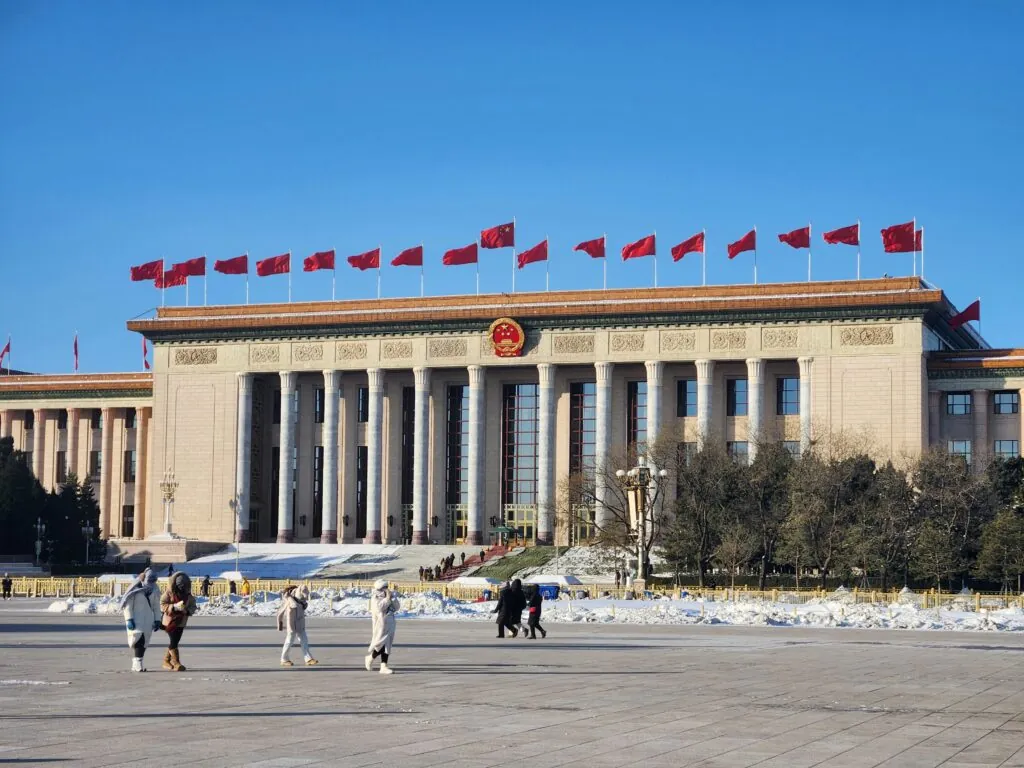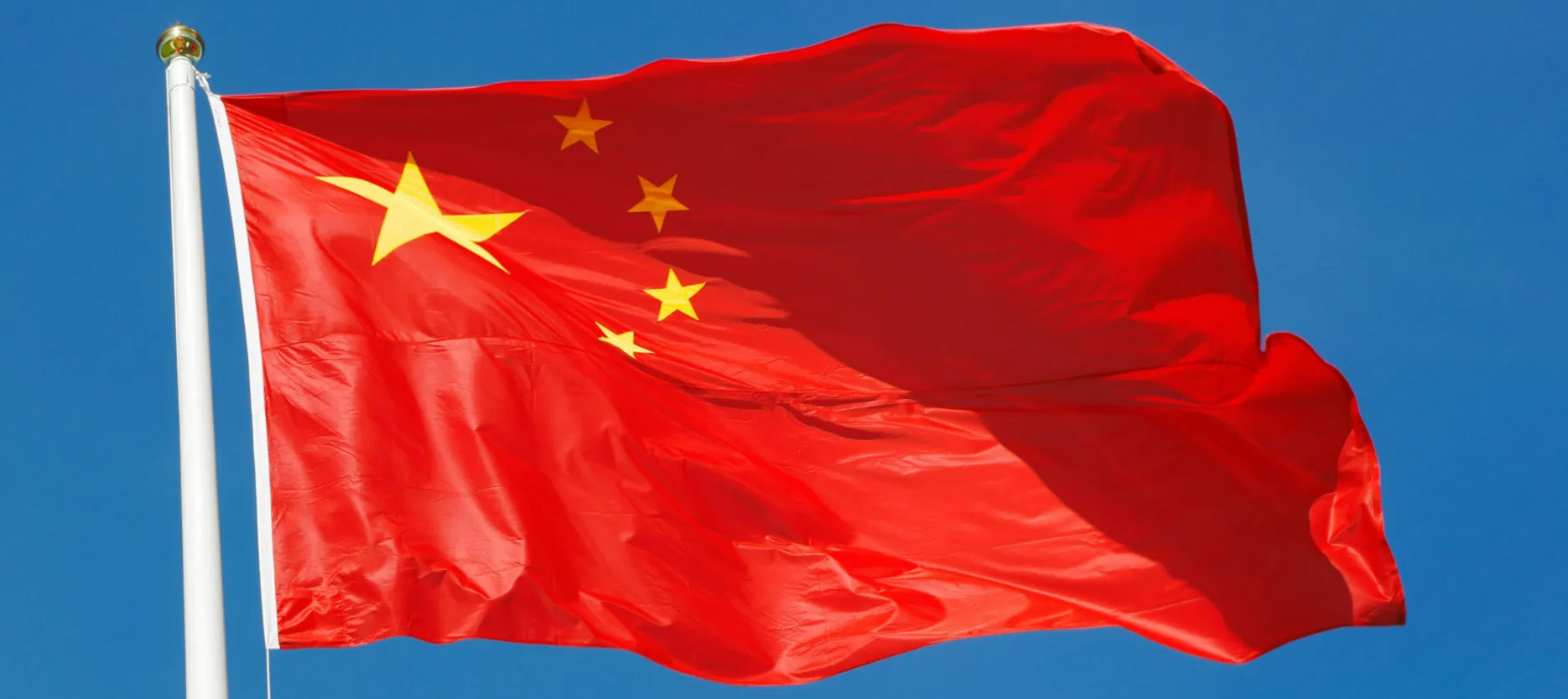Beijing has announced a new Five-Year Plan for China – one that angles for economic resilience over acceleration. Outlined at the Communist Party’s Fourth Plenum this October, the new plan aims to fortify the economy against what Xi Jinping called ‘rising uncertainties and unforeseen factors’, a phrase that hints at trade pressures, tech restrictions and shifts in the global order.
If the 14th Plan (2021–2025) was about high-quality growth, this, the 15th, is about strategic endurance. Beijing’s priorities fall into three pillars: technological self-reliance, household consumption, and system security. Taken together, they mark a clear pivot from chasing speed to building stability.
The top priority is technology. Semiconductors, AI, robotics and quantum computing are now national security assets, not just commercial sectors. Beijing wants ‘major breakthroughs’ in hard tech to reduce its exposure to western export controls. The tone is existential. Technology leadership is now being framed as survival.

Alongside that is a commitment to domestic spending. Party officials have promised to raise household consumption as a share of GDP – a metric currently stuck at around 40%, far below western levels. The logic behind the policy is blunt: without stronger household demand, China can’t sustain that much-touted 4–5% growth. Expect targeted welfare reform, wage support and city-level consumption drives to follow.
The third pillar, security and resilience, threads through everything. Economic planning and national security are being folded into one document. The aim is to build what planners call ‘a modern industrial system’ that can absorb external shocks, from chip bans to shipping disruptions.
For brands and investors, this new plan signals a more defensive China – one that prizes reliability over flashy growth data. Domestic manufacturing and consumption will sit at the heart of policy, while politically risky sectors may see tighter scrutiny. Essentially, expect a strengthened high-tech manufacturing industry and drives to boost consumer spending, but don’t be surprised to see government eyes watching sectors that could be deemed sensitive or unstable.
In short: the next five years will be less about the breakneck expansion we’ve known China for of late, and more about insulation. The country’s growth model is evolving from engine to shock absorber: slower, steadier, and more self-contained. But that doesn’t mean China’s dropping its ambition to shape the next era of the global economy.









